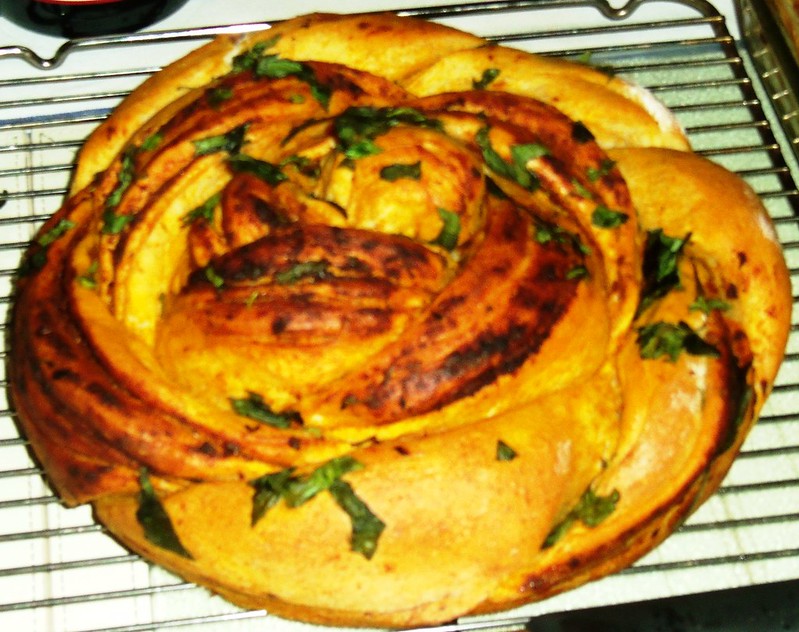Christmas Rose and Tree 2012
Christmas Rose and Tree 2012
We were supposed to be doing this on Saturday, but had to delay as we had such a sad day yesterday having to put our special and much-loved cat Shuffles to sleep, and sort out a suitable burial in Ingram Valley beneath the Cheviot Hills.







